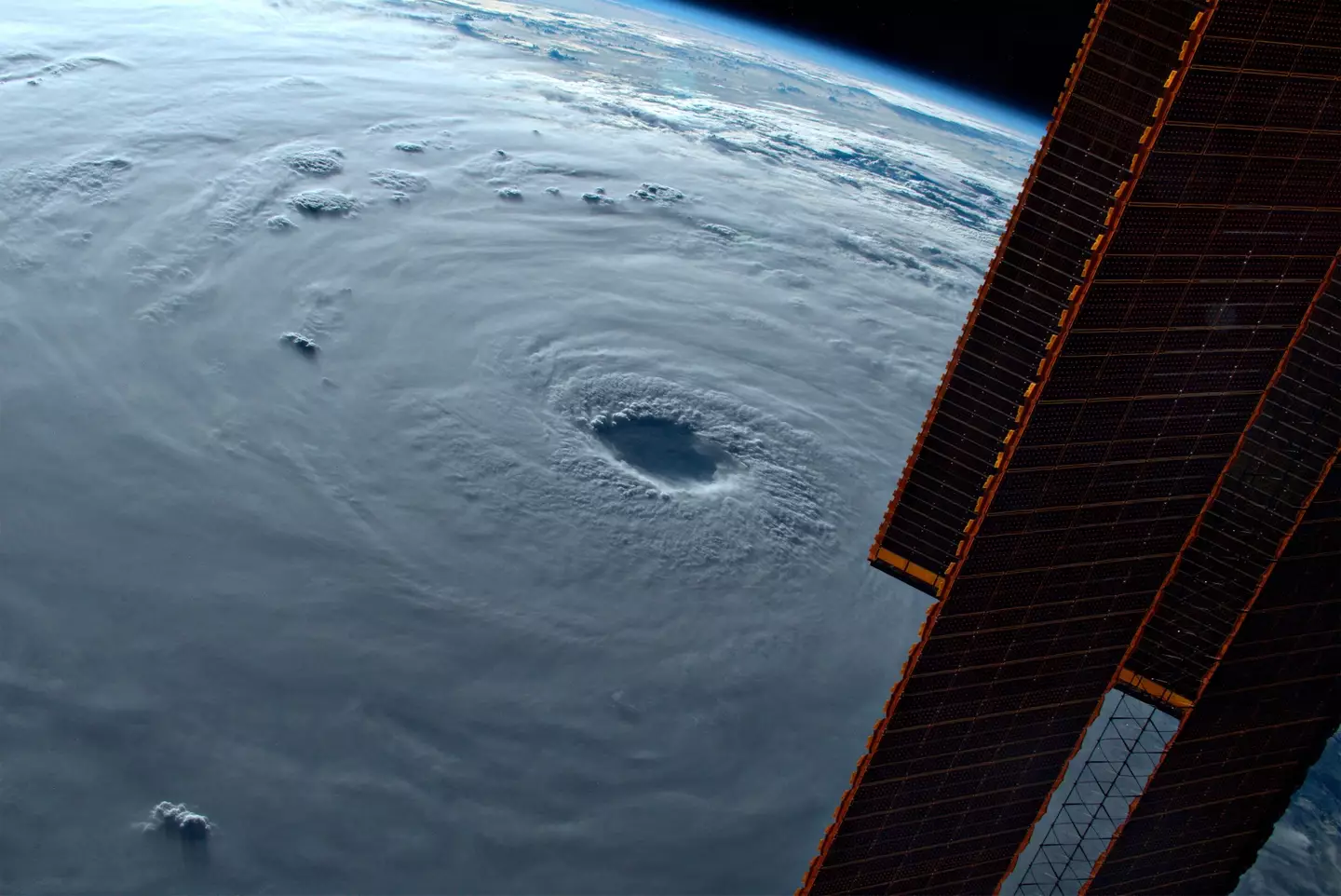
It appears as if the 16ft-long sea creature discovered by fishermen in Chile earlier this year may have been a prediction of things to come in Japan, which has just suffered a mighty blow from one of the strongest typhoons ever recorded.
The fish, caught by a group of fishermen from the Chilean city of Arica earlier this year, measured over five metres in length, and understandably garnered a lot of attention.
A viral TikTok video showed the enormity of the oarfish (also known as rowing fish) but it turns out it could have been a sign of things to come. Take a look below:
With oarfish having long been seen as a sign of coming geographical disturbances by the Japanese people, this sighting was the sign of a forthcoming omen.
The fish are predicted to surface only when tectonic plates begin to move, living at 'considerable depths of around 1,000m’ (3,300ft), according to National Geographic.
Advert
And with the horrific Typhoon Nanmadol since having destroyed much of the Japanese coast, these theories don’t seem so dramatic anymore.
While said theories are not supported or denied by the scientific community, these events suggest they may have some truth to them.
Chile is in a unique geographical position, sitting on top of three tectonic plate boundaries. And the movement of these plates is what caused Japan’s 14th typhoon of the season.

Advert
So, while the locations have over 15,000 km of distance between them, they are united by the tectonic plates that lay beneath their surface.
Following the sighting of the oarfish in July, the typhoon hit the island of Kyushu, near the city of Kagoshima, on Sunday (18 September).
And since the latter occurred on Sunday morning, over nine million people have been told to evacuate their homes.
And on Tuesday morning (20 September), a Japanese government spokesperson confirmed that two people have died and at least 114 people have been recorded as injured, 14 of which with 'serious' injuries.
Advert
As with many natural occurrences, scientists are attributing an increase in the severity of such events to global warming. With more oarfish likely to surface, and more disasters around the corner.
As of today, Japan remains on a level-five alert, the biggest typhoon warning for the country. And with hurricane season lasting until October in some areas, there’s a possibility that there’s more to come.
The typhoon has left destruction in its wake, with flooding, ruined infrastructure and haunted memories impacting the people who have encountered it.
Advert
If you have a story you want to tell, send it to UNILAD via [email protected]
Topics: World News, Weather, Animals
